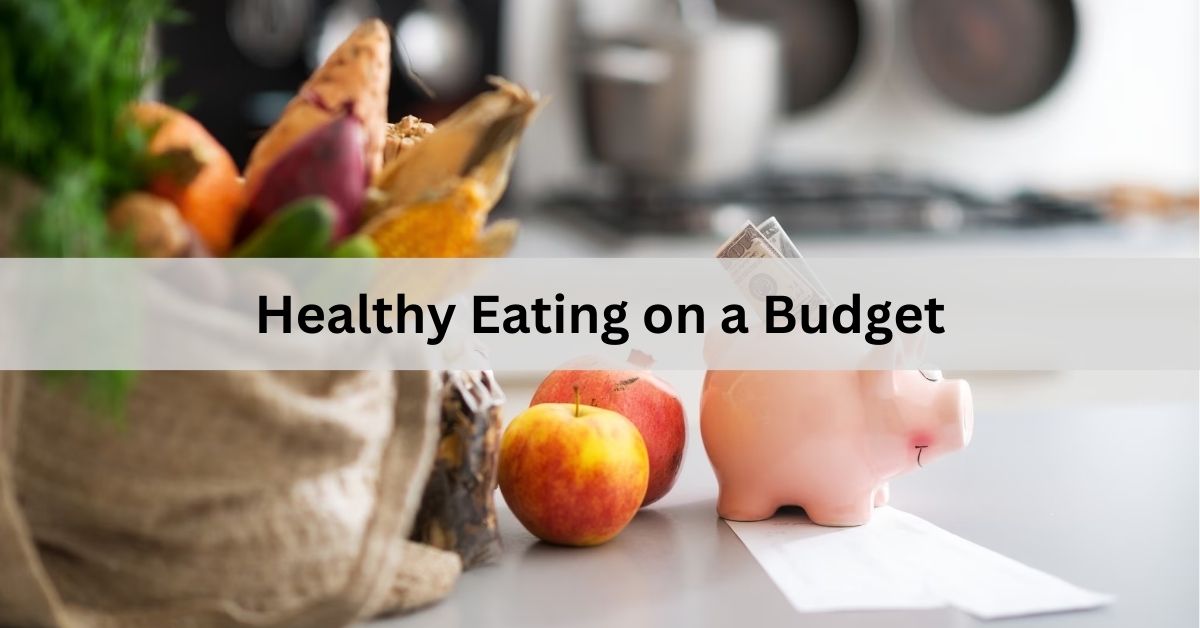Maintaining a nutritious diet doesn’t have to break the bank. With careful planning and smart shopping strategies, you can enjoy healthy eating while staying within your budget. This article explores practical tips, cost-effective recipes, and shopping hacks to help you achieve balanced nutrition without compromising your financial goals.
1. Importance of Healthy Eating
Healthy eating is essential for overall well-being:
- Nutrient Intake: Provides essential vitamins, minerals, and antioxidants vital for bodily functions and disease prevention.
- Energy and Vitality: Supports energy levels, mental clarity, and physical performance throughout the day.
- Long-term Health: Reduces the risk of chronic diseases such as heart disease, diabetes, and obesity.
2. Budget-Friendly Staples
Incorporate affordable, nutritious foods into your diet:
- Whole Grains: Choose brown rice, oats, quinoa, and whole wheat pasta for fiber and sustained energy.
- Legumes: Beans, lentils, and chickpeas are inexpensive sources of protein, fiber, and essential nutrients.
- Frozen Fruits and Vegetables: Cost-effective alternatives to fresh produce, retaining nutrients and flavor.
- Canned Goods: Opt for low-sodium canned vegetables, beans, and tuna for convenience and affordability.
3. Meal Planning and Preparation
Plan meals ahead to save time and money:
- Weekly Meal Plan: Outline breakfasts, lunches, dinners, and snacks for the week based on budget-friendly ingredients.
- Batch Cooking: Prepare large batches of soups, stews, or casseroles to freeze for future meals.
- Leftovers: Repurpose leftovers creatively into new dishes to minimize food waste and maximize value.
4. Shopping Smart
Strategies for cost-effective grocery shopping:
- Make a List: Plan meals and create a shopping list to avoid impulse purchases.
- Shop Seasonally: Buy fruits and vegetables in season when they are more affordable and flavorful.
- Compare Prices: Look for sales, discounts, and store brands without sacrificing quality.
- Use Coupons and Rewards: Utilize digital coupons, loyalty programs, and cash-back offers to save on groceries.
5. Cooking Tips for Efficiency
Prepare healthy meals efficiently:
- Simple Recipes: Choose recipes with fewer ingredients and minimal preparation time.
- One-Pot Meals: Prepare complete meals in one pot or pan to save on cleanup and cooking time.
- DIY Snacks: Make homemade snacks like granola bars, yogurt parfaits, or trail mix to control ingredients and costs.
6. Focus on Nutrient-Rich Foods
Maximize nutrition per dollar spent:
- Protein Sources: Include affordable options such as eggs, canned fish (like tuna or salmon), and tofu.
- Healthy Fats: Use olive oil, nuts, and seeds sparingly to add flavor and essential nutrients to meals.
- Fresh vs. Frozen: Balance fresh produce with frozen options to extend shelf life and reduce waste.
7. Community Resources and Support
Explore local resources for additional savings and support:
- Farmers’ Markets: Purchase fresh, local produce at lower prices directly from growers.
- Food Assistance Programs: Eligible individuals can access programs like SNAP (Supplemental Nutrition Assistance Program) for nutritious food options.
- Cooking Classes: Attend community classes or online tutorials for budget-friendly cooking tips and healthy recipes.
Conclusion
Achieving healthy eating on a budget is attainable with mindful planning, smart shopping strategies, and a focus on nutritious, cost-effective ingredients. By incorporating these tips into your lifestyle, you can enjoy balanced meals that support your health goals without straining your finances. Remember, small changes in shopping habits and meal preparation can lead to significant long-term benefits for both your wallet and well-being.


